Dinner Rolls
- By Jennifer Segal
- Updated October 1, 2025
- 110 Comments
- Leave a Review

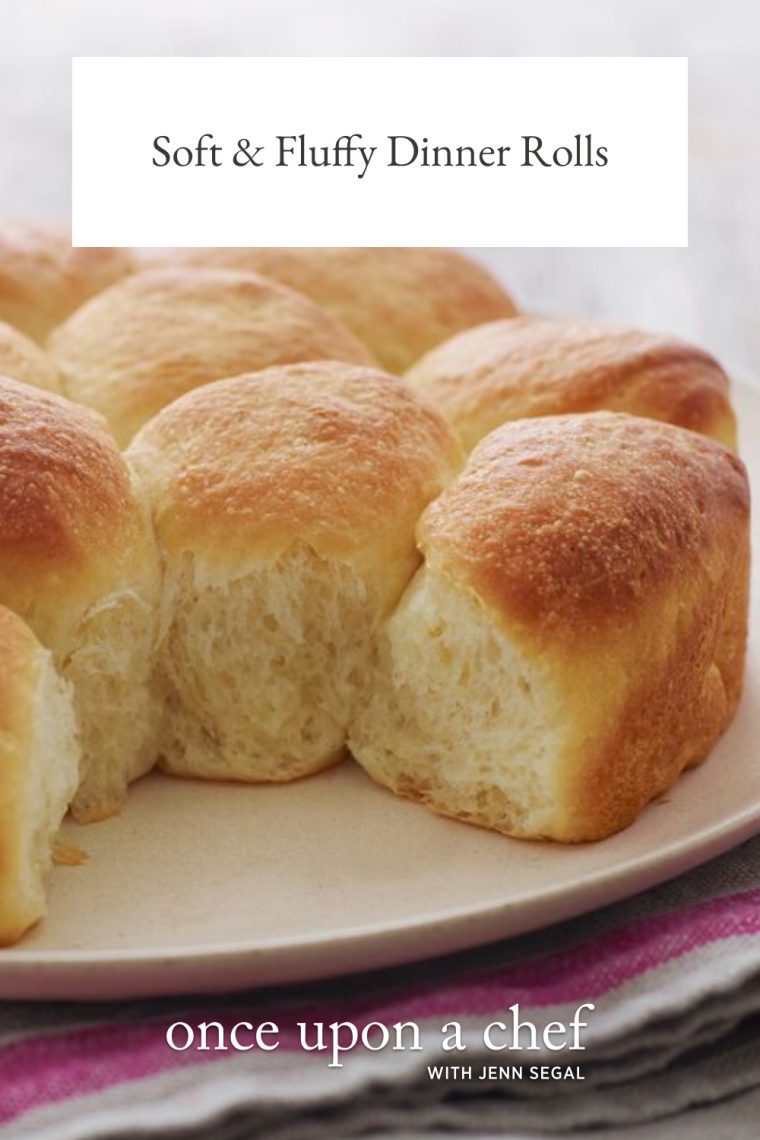
This post may contain affiliate links. Read my full disclosure policy.
Perfectly soft, fluffy, and buttery—these are the absolute best homemade dinner rolls, and they’re sure to make any meal feel extra special.
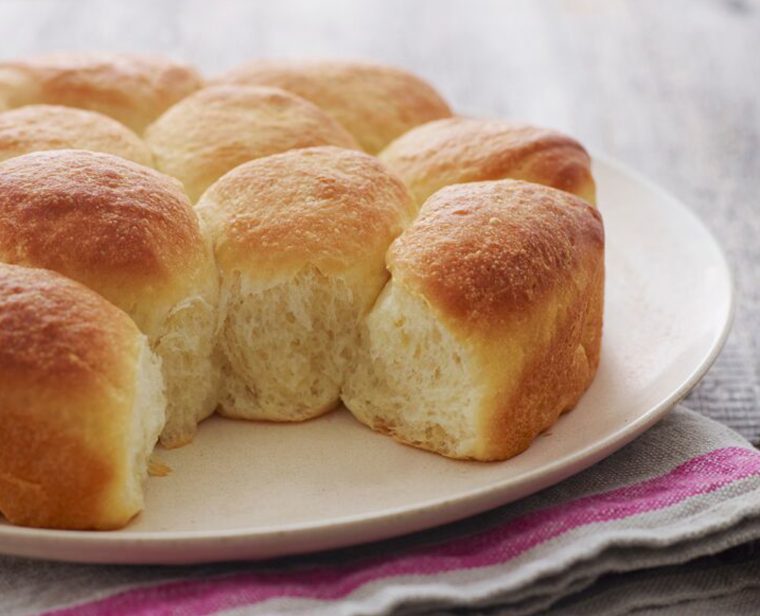
Photo by Alexandra Grablewski (Chronicle Books, 2018)
In my first cookbook, I dedicated a whole chapter to homemade breads, from traditional challah and cornbread to sweet cinnamon swirl bread. When my editor suggested I include a simple dinner roll recipe in the mix, I set to work testing dozens of recipes. While many were quick and easy with short rising times—a plus, for sure—they were also disappointingly bland and dense. I finally came up with this recipe, which uses instant potato flakes and nonfat dried milk to tenderize the bread and add flavor. These dinner rolls are soft and fluffy, with an open crumb and rich, buttery flavor. While they may not the fastest dinner rolls out there, I firmly believe they are the very best.
“These were a hit! Surprised because I thought was making just a basic dinner roll. Nope!”
What You’ll Need To Make Dinner Rolls
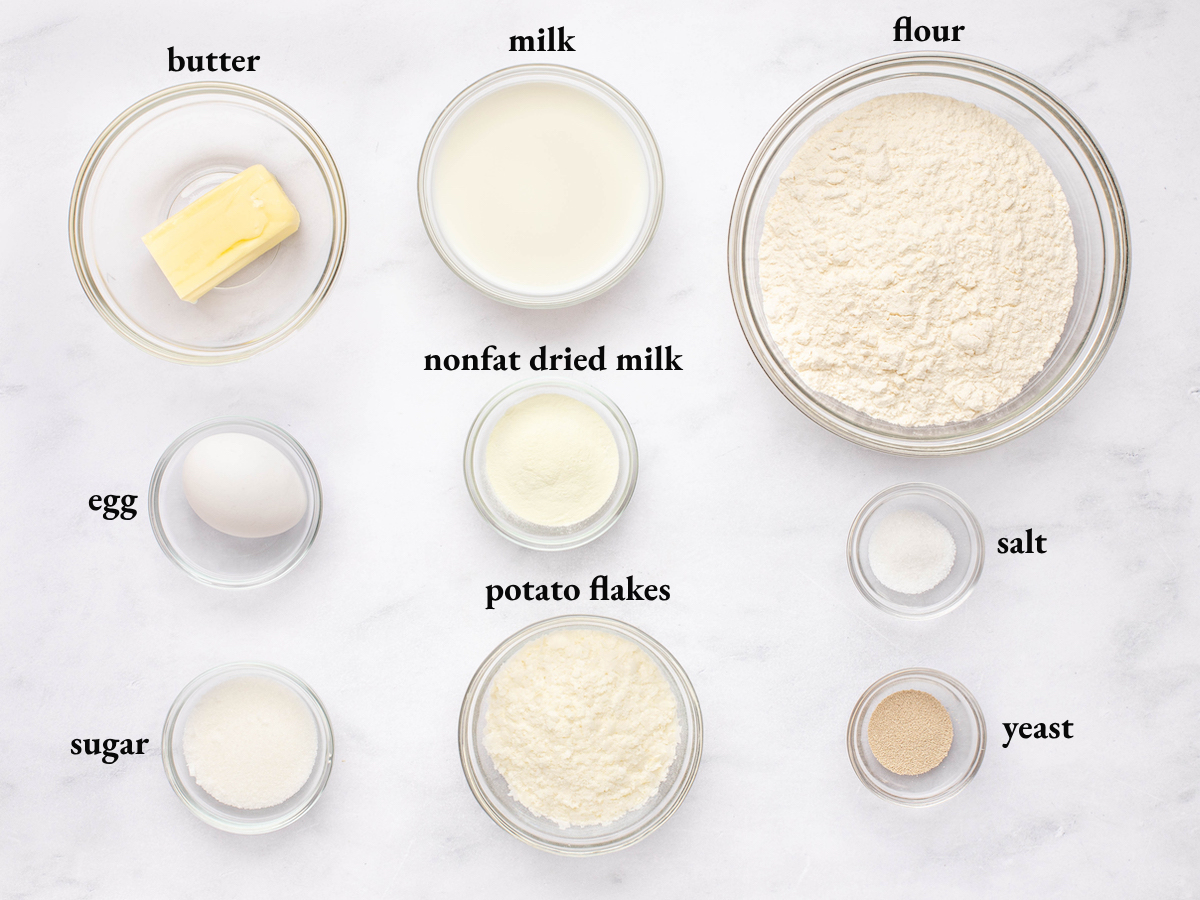
- Milk: Adds richness and flavor to the dough, contributing to the tender texture of the rolls.
- Egg: Contributes to the richness and color of the rolls.
- All-purpose flour: The base of the rolls. Measure using the spoon-and-level method for accuracy.
- Instant potato flakes: Add moisture, tenderness, and flavor to the rolls; also help to retain freshness.
- Nonfat dried milk: Adds protein, fat, and flavor to baked goods without impacting the liquid-to-dry ratios. This enhances flavor, tenderness, and the browning of the crust.
- Sugar: Adds a touch of sweetness.
- Instant, quick, or rapid-rise yeast: Leavening agent that makes the dough rise. It’s fine to use active dry yeast if that’s what you have on hand; the dough will just take a bit longer to rise.
- Butter: Adds flavor, richness, and tenderness to the rolls; also used for brushing on finished rolls for a soft, flavorful crust.
- Jump to the printable recipe for precise measurements
Step-by-Step Instructions
In a small microwave-safe bowl combine the milk and ¼ cup water. Heat until lukewarm, 20 to 30 seconds on high heat.
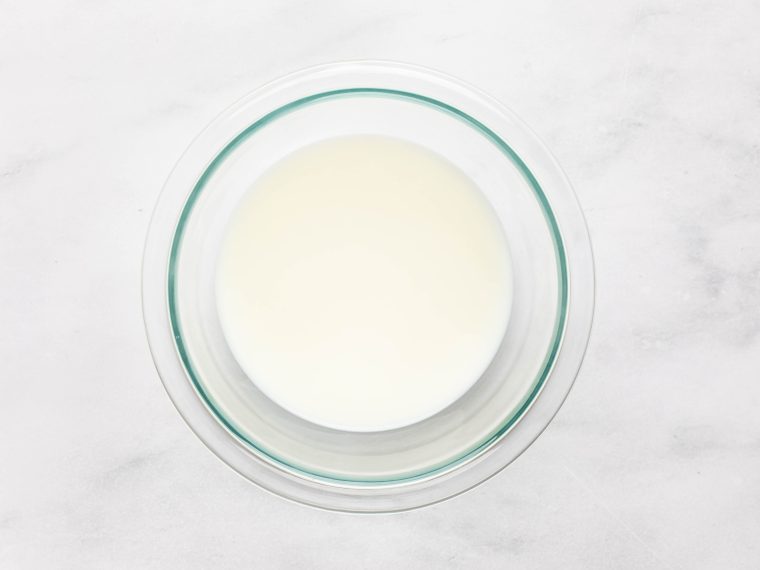
In the bowl of an electric mixer fitted with the dough hook, combine the egg, flour, potato flakes, dried milk, sugar, yeast, salt, and 3 tablespoons of the butter. Add the warm milk/water mixture.
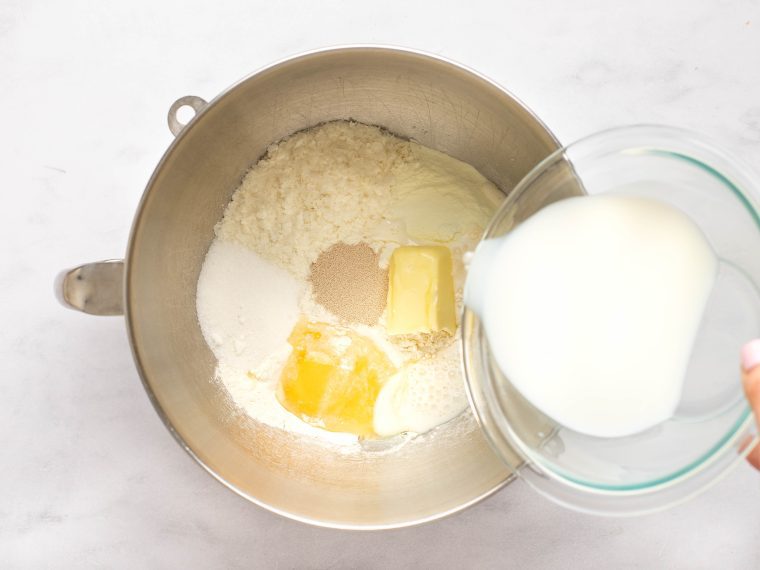
Knead on medium-low speed for about 5 minutes until you have a smooth, soft dough.
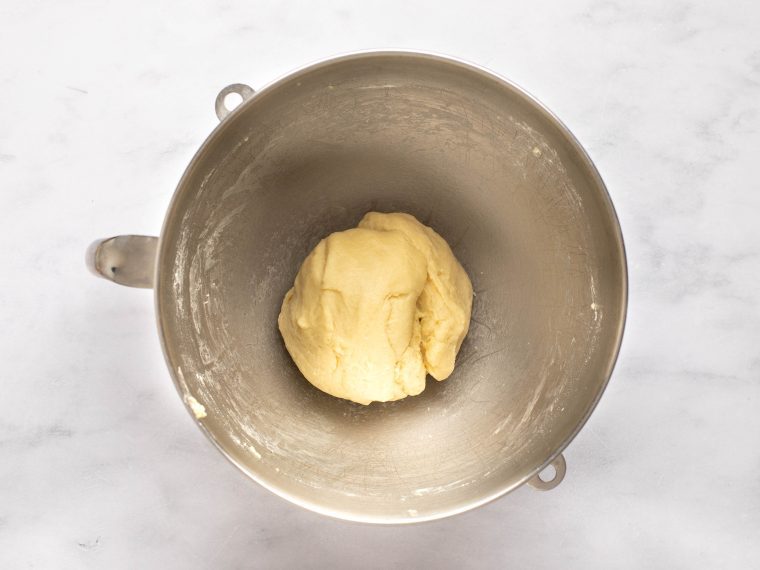
Using your hands, shape the dough into a ball and place in a lightly greased bowl. Cover the bowl with plastic wrap or a damp kitchen towel.
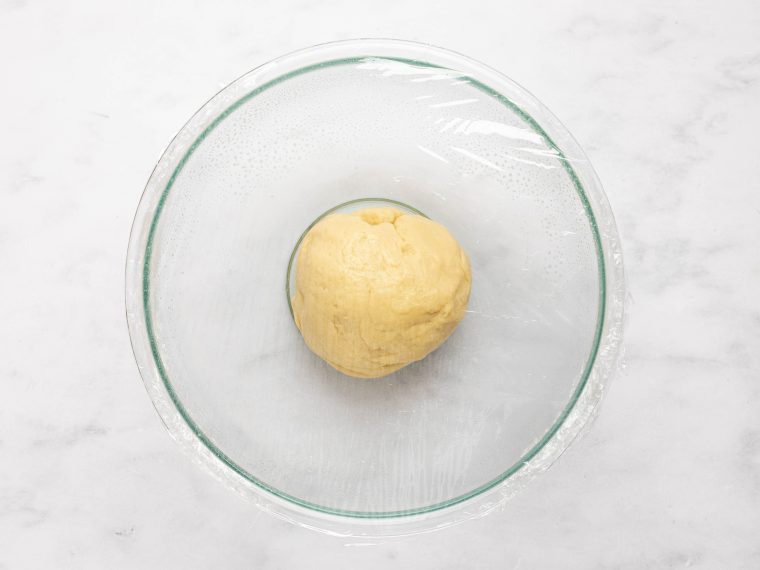
Let the dough rise in a warm, draft-free place until it’s doubled in bulk, about 90 minutes. Invert the dough onto a lightly floured work surface.
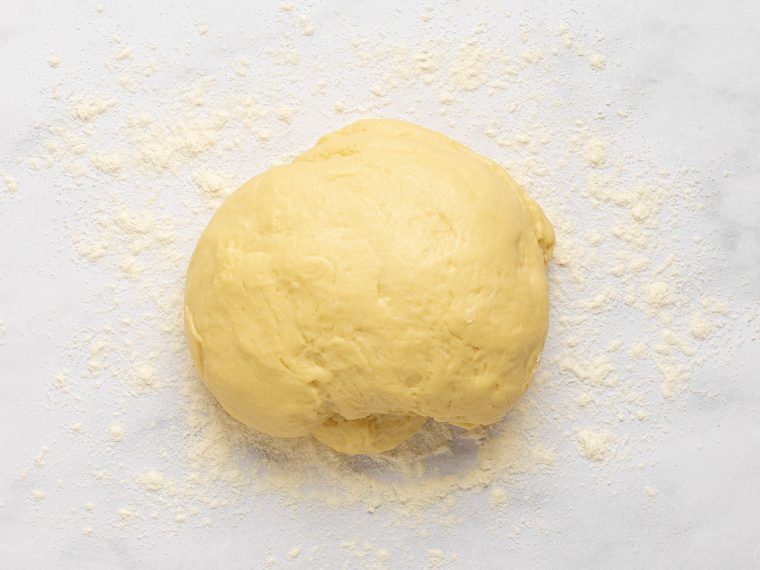
Divide it into 12 even pieces and shape each piece into a smooth ball by tucking and pinching the edges underneath to form a plump little bun.
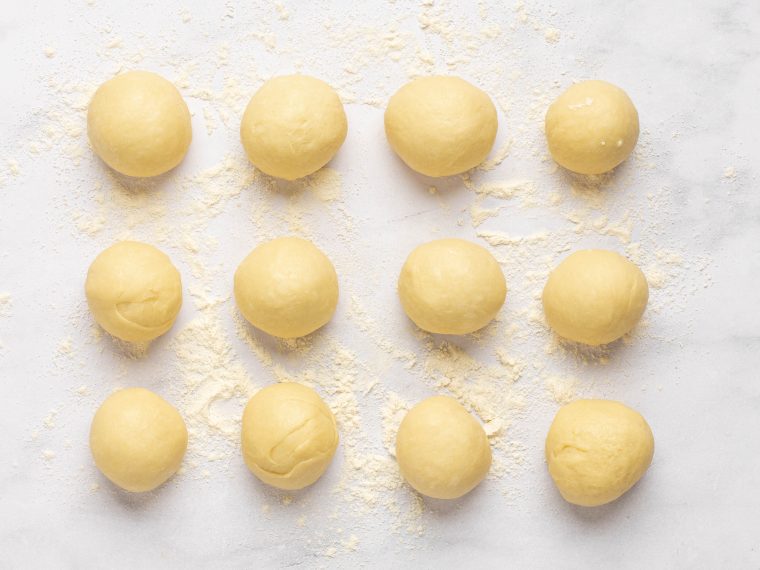
Grease a 9-inch round baking pan with cooking spray. Place the rolls in the pan and cover the pan with plastic wrap or a damp kitchen towel. Let the rolls rise until they’re almost doubled in bulk, then brush the rolls with the melted butter.
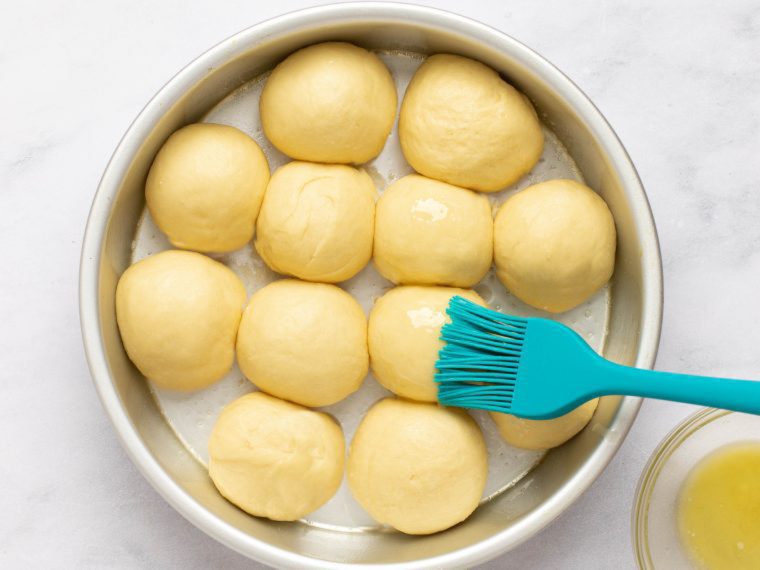
Bake the rolls at 350°F for 23 to 25 minutes, until golden brown. Store the rolls in a sealable plastic bag for several days at room temperature; freeze for longer storage.
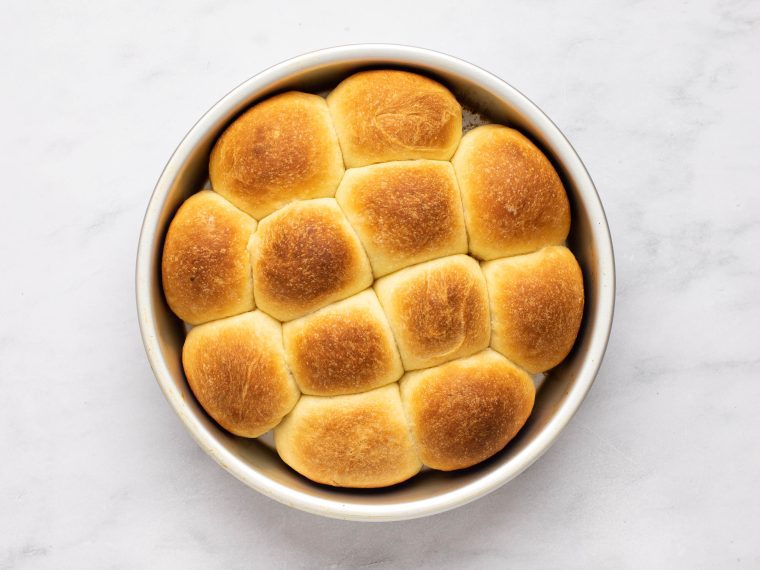
You May Also Like
Dinner Rolls

Perfectly soft, fluffy, and buttery—these are the absolute best homemade dinner rolls, and they’re sure to make any meal feel extra special.
Ingredients
- ½ cup milk
- ¼ cup water
- 1 egg
- 2 cups all-purpose flour, spooned into measuring cup and leveled-off, plus more for dusting
- ½ cup instant potato flakes
- 2 tablespoons nonfat dried milk
- 2½ tablespoons sugar
- 1¼ teaspoons instant, quick, or rapid-rise yeast
- 1¼ teaspoons salt
- 4 tablespoons unsalted butter, at room temperature, plus more for serving
Instructions
- In a small microwave-safe bowl combine the milk and water. Heat until lukewarm, 20 to 30 seconds on high heat. (This can also be done in a small saucepan on the stove.)
- In the bowl of an electric mixer fitted with the dough hook, combine the egg, flour, potato flakes, dried milk, sugar, yeast, salt, and 3 tablespoons of the butter. Add the warm milk and water mixture and knead on medium-low speed for about 5 minutes until you have a smooth, soft dough. (Don’t worry if the dough sticks a bit to the bottom of the bowl.) To remove the dough from the bowl, dust your hands with flour and scrape it out.
- Using your hands (dust them with more flour if necessary), shape the dough into a ball and place in a lightly greased bowl. Cover the bowl with plastic wrap or a damp kitchen towel and let the dough rise in a warm, draft-free place until it's doubled in bulk, about 90 minutes.
- Invert the dough onto a lightly floured work surface (it will deflate). Divide it into 12 even pieces (each piece should weigh 1¾ to 2 ounces). Shape each piece of dough into a smooth ball by tucking and pinching the edges underneath to form a plump little bun.
- Grease a 9-inch round baking pan with nonstick cooking spray. Place the rolls in the pan, arranging 8 evenly around the perimeter and 4 in the center. Cover the pan with plastic wrap or a damp kitchen towel and let the rolls rise until they're almost doubled in bulk, puffy, and touching, about 1 hour. Toward the end of the rising time, preheat the oven to 350°F and set an oven rack in the middle position.
- Melt the remaining 1 tablespoon butter. Brush the rolls with the melted butter and bake for 23 to 25 minutes, until golden brown. Remove from the oven, and turn out onto a wire rack. Serve warm or at room temperature with butter. Store the rolls in a sealable plastic bag for several days at room temperature, or freeze for longer storage.
- Freezing Instructions: You can freeze the rolls before or after baking. To freeze before baking, after completing the first rise and shaping the dough into 12 balls, put the dough balls on a baking sheet, pop them in the freezer for about an hour or until they are no longer tacky, and then put then in a resealable freezer bag; freeze for up to 3 months. When ready to bake, thaw the dough balls at room temperature for a minimum of 3 hours. Once thawed, place the dough balls in the baking dish for the second rise and proceed with recipe. To freeze the baked rolls, let them cool completely, wrap tightly in aluminum foil, and place in a freezer bag. Freeze for up to 1 month. To thaw, remove the rolls from the freezer and let sit at room temperature for at least 3 hours. Place the foil-wrapped rolls in a preheated 350°F oven for 10 to 15 minutes, until warm.
Nutrition Information
Powered by ![]()
- Per serving (12 servings)
- Calories: 139
- Fat: 5 g
- Saturated fat: 3 g
- Carbohydrates: 20 g
- Sugar: 3 g
- Fiber: 1 g
- Protein: 3 g
- Sodium: 119 mg
- Cholesterol: 25 mg
This website is written and produced for informational purposes only. I am not a certified nutritionist and the nutritional data on this site has not been evaluated or approved by a nutritionist or the Food and Drug Administration. Nutritional information is offered as a courtesy and should not be construed as a guarantee. The data is calculated through an online nutritional calculator, Edamam.com. Although I do my best to provide accurate nutritional information, these figures should be considered estimates only. Varying factors such as product types or brands purchased, natural fluctuations in fresh produce, and the way ingredients are processed change the effective nutritional information in any given recipe. Furthermore, different online calculators provide different results depending on their own nutrition fact sources and algorithms. To obtain the most accurate nutritional information in a given recipe, you should calculate the nutritional information with the actual ingredients used in your recipe, using your preferred nutrition calculator.
See more recipes:
Comments
Add a Comment Cancel reply
This site uses Akismet to reduce spam. Learn how your comment data is processed.
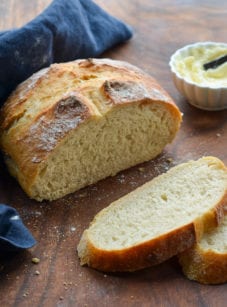
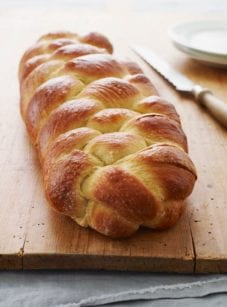
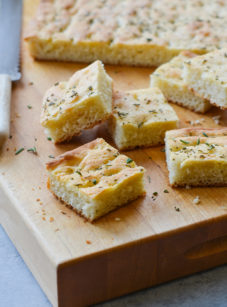

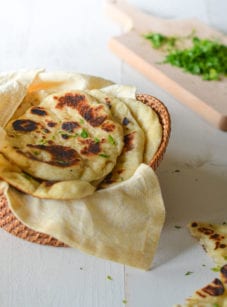
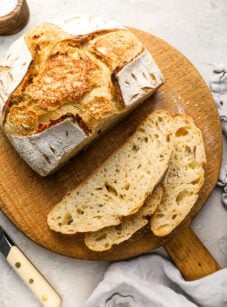
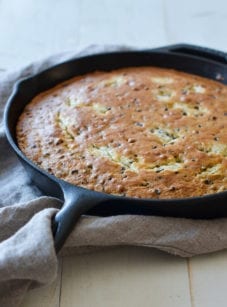
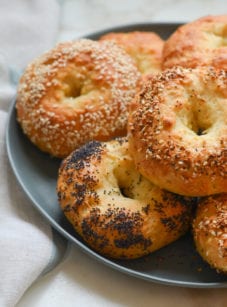
I’ve made this recipe several times and everyone loves it. This time I need to freeze the rolls so there’s less work for me on Thanksgiving day. Can I wrap all the rolls together in one piece or do I need to pull them apart and wrap each individually?
Hi Rita, glad these have been a hit! You should shape the dough into 12 balls but after, you can freeze them together in a resealable bag or airtight container. See the bottom of the recipe for more specific freezing instructions.
Hi Jen- I am planning our Thanksgiving dinner and I’m wondering if you have any make ahead tips for these dinner rolls. Your advice is much appreciated 🙂
Hi Deidre, you can let the rolls rise in the fridge overnight and on Thanksgiving until you’re ready to bake them. Alternatively, you can freeze the rolls (baked or unbaked). See the bottom of the recipe for freezing instructions.
I have been making bread/rolls literally for decades. This recipe IS the best hands down. The texture and flavor are the best! The only thing I did differently was I put the egg wash on the rolls after I shaped them for the last rise. Before I put them on the cookie sheet, I dipped them into a mixture of seeds – chia, flax, sunflower, and pumpkin. Really, any seeds that you like will work. Not only are they pretty, but the smell wafting out of the oven is quite special. My husband LOVES them. Thank you for the fabulous recipe.
Jenn, I love your recipes and can depend on them to be delicious. I have a concern that I am
hoping you can help me with. My daughter in law has a Wheat allergy and all the gluten free bread that she has tried are tasteless and gross. Do you have a gluten free bread recipe or know where I can get one, that tastes at least good. Also, a gluten free banana bread recipe.
Thank You,
Jennifer
Hi Jennifer, so glad you like the recipes! Unfortunately, I don’t have a gluten free bread recipe either of my own or of someone else’s to share – I’m sorry! If I happen to come across one that looks worth while, though, I’ll send it your way. Regarding banana bread, this recipe is not naturally gluten-free, but a number of readers have commented they’ve made it with gluten-free flour and have been happy with the outcome, so it’s definitely worth a try. And if you need a suggestion for gluten-free flour, people have good luck with King Arthur Measure for Measure gluten-free flour and Cup4Cup gluten-free flour.
Potato flakes? Does it have to be Red Mill (advertised
“Potato Flakes”) or can you use any instant potato package. I’ve never had to look for this ingredient so appreciate your help.
Hi Wendy, any instant potato flakes will work. Enjoy!
Hi Jenn,
Your instructions were excellent and the rolls turned out like a professional chef would make. They are soft and delicious!
My previous attempt with someone else’s recipe ended up a failure in the trash, so I was a bit nervous about trying to make dinner rolls again.
Thanks for another winning recipe!
I made your rolls today and they are really special. Delicious and easy. Thank you for another “keeper.”
This is by far my favorite roll recipe!!! I’ve made rolls, a loaf and cinnamon rolls by adding powdered sugar to it. So many possibilities for this recipe!!! Thanks for sharing it!!!
I haven’t made Dinner rolls in 20 years because they never turned out well. These rolls came out of the second proving absolutely beautiful! I set the pan down on the island a little too firmly and they deflated a bit. I went ahead and baked them anyway. They aren’t as beautiful but they taste fabulous!!! Thank you, Jenn for your foolproof recipes !! Everything I have cooked or baked has been fantastic!
Made these today and they turned out wonderfully! I put all the ingredients in my bread machine and used the manual cycle to mix and knead it together. Then I took the dough out and put it in a lightly greased bowl. Soft and fluffy. So happy!